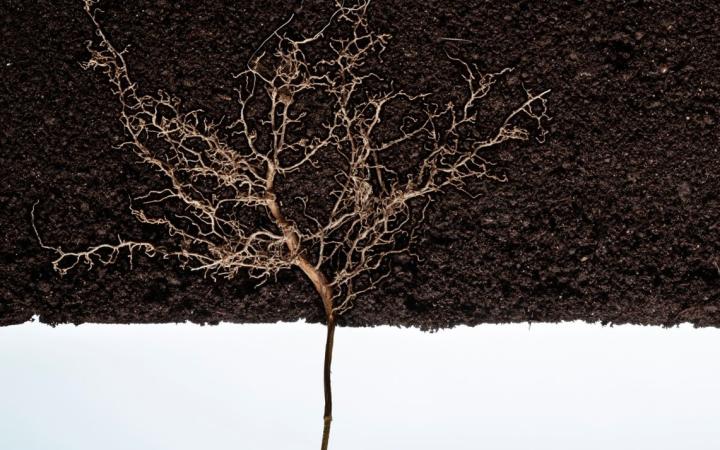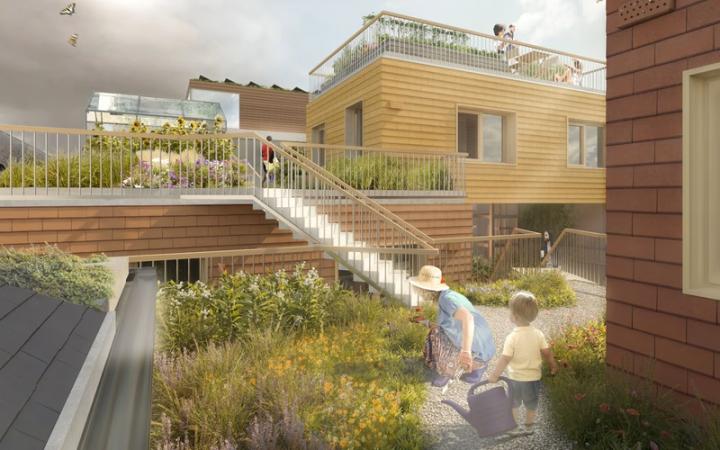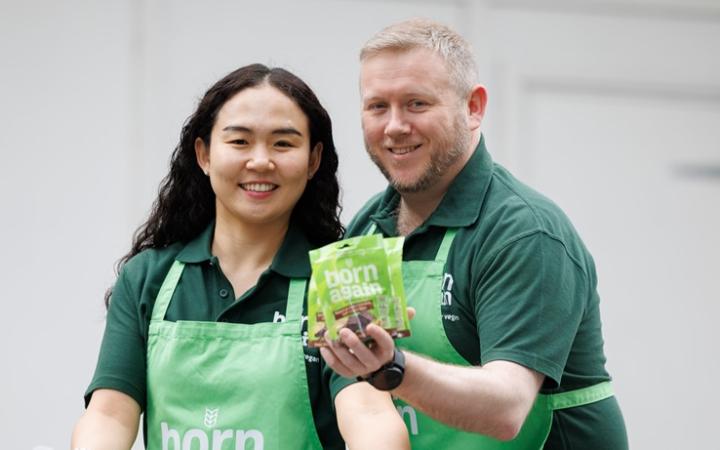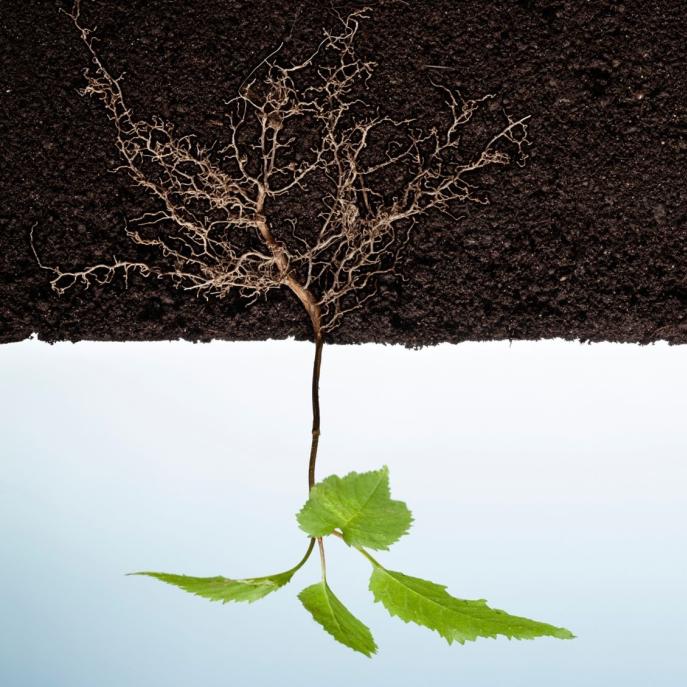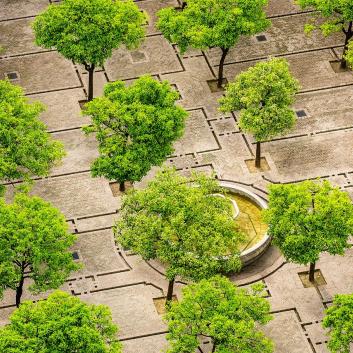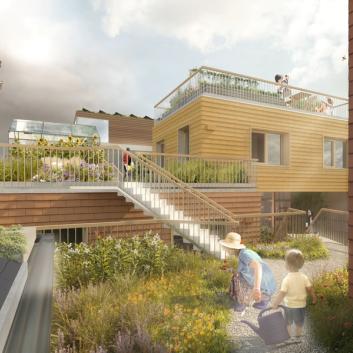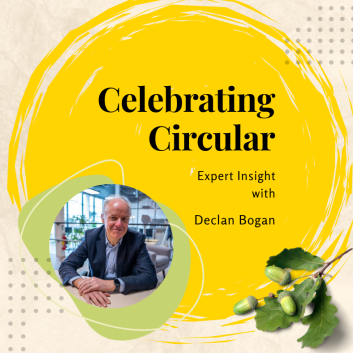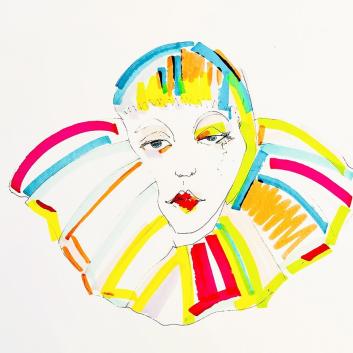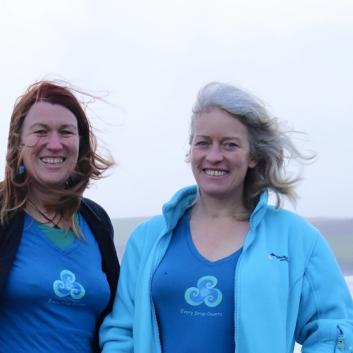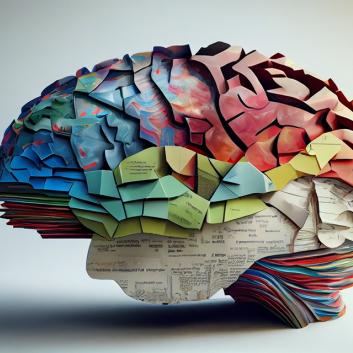Wonders of the underground world unveiled at Amsterdam`s interactive exhibition
The interactive exhibition “Unearthed” opened on April 4th at the ARTIS-Groote Museum in Amsterdam, revealing the hidden world that lies beneath the ground to raise awareness and connect people with the living ecosystem under the surface.
Organisers aim to embrace unique formats to spotlight the connection between healthy soil, urban resilience, and climate change by presenting specific insights and actionable approaches to maintaining better ground life.
“To experience the underground life, visitors of the exhibition can literally crawl into the earth, turning things upside down and making the influence of the soil on urban existence visible,”
says Karlien Pijnenborg, Head of the ARTIS-Groote Museum.
She adds that soil might be unseen for many, but it plays a vital role in contributing to biodiversity, climate adaptation, and ultimately creating a healthy living environment for citizens.
The underground world teeming with life, featuring an intricate network of roots, fungi, and other microorganisms alongside pipes, cables, and pillars that support Amsterdam, is at the heart of the “Unearthed” exhibition.
“Think of worms that help reduce rainwater puddles or trees less likely to be blown over thanks to a healthy soil.”
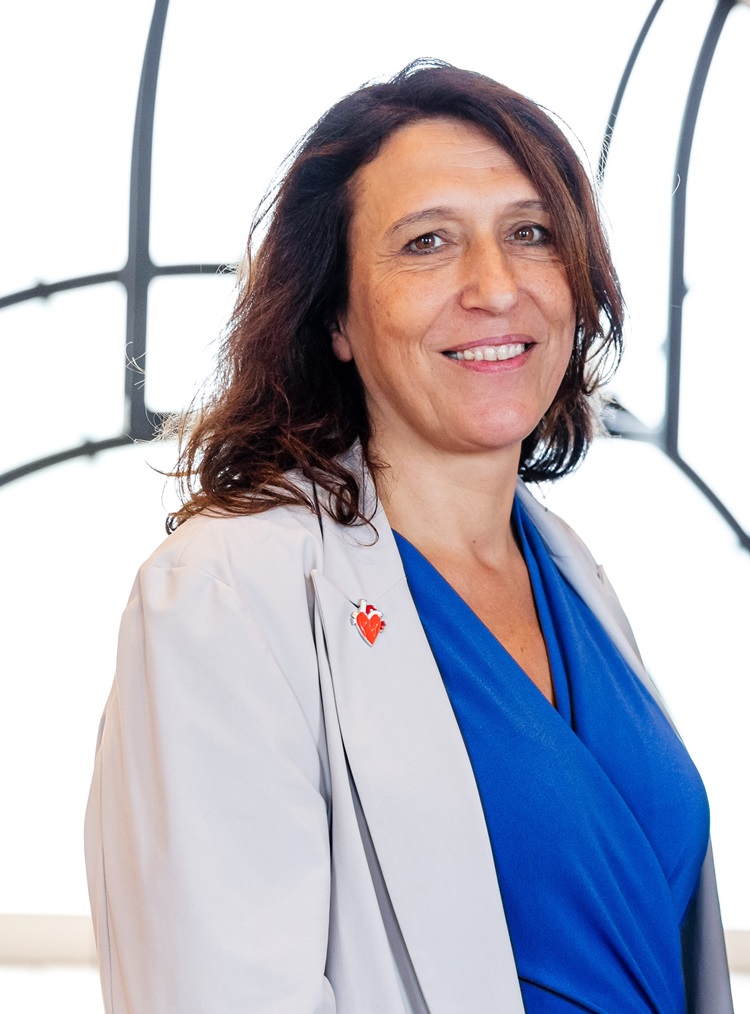
Besides the interactive installations and an introductory film, the exhibition seeks to answer four key questions: What does the soil of Amsterdam tell us? What lives in the soil? Why is the soil important to you? How do we care for healthy soil?
The concept was developed in collaboration with the Academic Soil Workplace (AWB), a partnership between the municipality of Amsterdam, Waternet, and Naturalis and aligns perfectly with the mission of the ARTIS-Groote Museum to educate and inspire visitors about the interconnectedness of nature and urban living.
The collaborative approach was fuelled by the shared passion of Pijnenborg and renowned soil expert Joyce van den Berg, Chief Design and Landscape Architect at the City of Amsterdam and author of the award-winning book “BiodiverCITY_A Matter of Vital Soil!”.

Berg shares that engaging citizens and raising awareness about the underground ecosystem is very much needed to adopt changes:
“Amsterdam is growing; new buildings are rising, and the city is working on sustainable solutions for energy, mobility, and climate adaptation. Where all these future plans converge, space is becoming increasingly scarce – not just above ground but especially beneath the city. How can we all work together to ensure a healthy soil?”
The Academic Soil Workplace was set up as an experimental, interdisciplinary space and series of events in 2022 to explore innovative approaches to urban soil as part of rethinking urban planning and public space design to address current challenges cities face.
Berg explains further:
“Imagine you are building a street where people can walk, ride bikes, drive cars, and where trees can grow. When we plan that street, we don’t just look at what goes on top, like the asphalt for cars, the sidewalks for people, or the green spaces for trees. We also pay attention to what happens underground, such as where the tree roots grow and where water and power lines run.”
One of the highlights of the “Unearthed” interactive exhibition is the Soil Station, where visitors are encouraged at daily workshops to explore how life goes on in the soil.
For instance, they can participate in the game 'Parliament of Underground Affairs' and immerse themselves in the roles of different lifeforms in the soil or get inspired by the `Soil Poems` written by Dutch actress Marjolijn van Heemstra and even get to write their own soil inspired rhymes.
But you can also crawl into a huge molehill where films are shown about the world's largest organism, and you might realise that living underground is less dirty than you probably think.
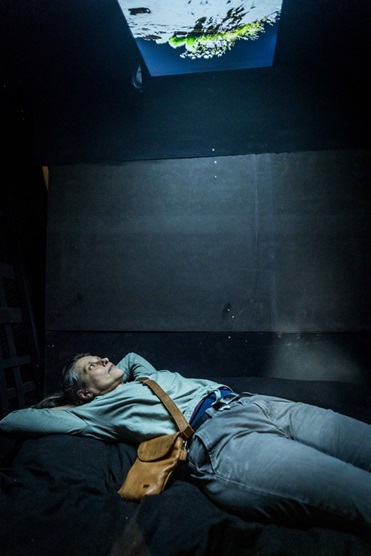
ARTIS-Groote Museum is well-known for its particular way of getting people involved with different topics, as it strives to turn visits into personal expeditions where visitors can discover just how many characteristics humans share with plants, animals and even microbes.
Pijnenborg explains that revealing surprising connections with nature, like that our intestines perform the same functions as the roots of a tree or that when you learn to crawl as a baby, you move precisely the same way as a crocodile, can help change people`s perspective on how much we connected to and depend on other life forms.
“As it turns out, you appear to be connected to every other living thing, right down to the tiniest fibres in your body.”
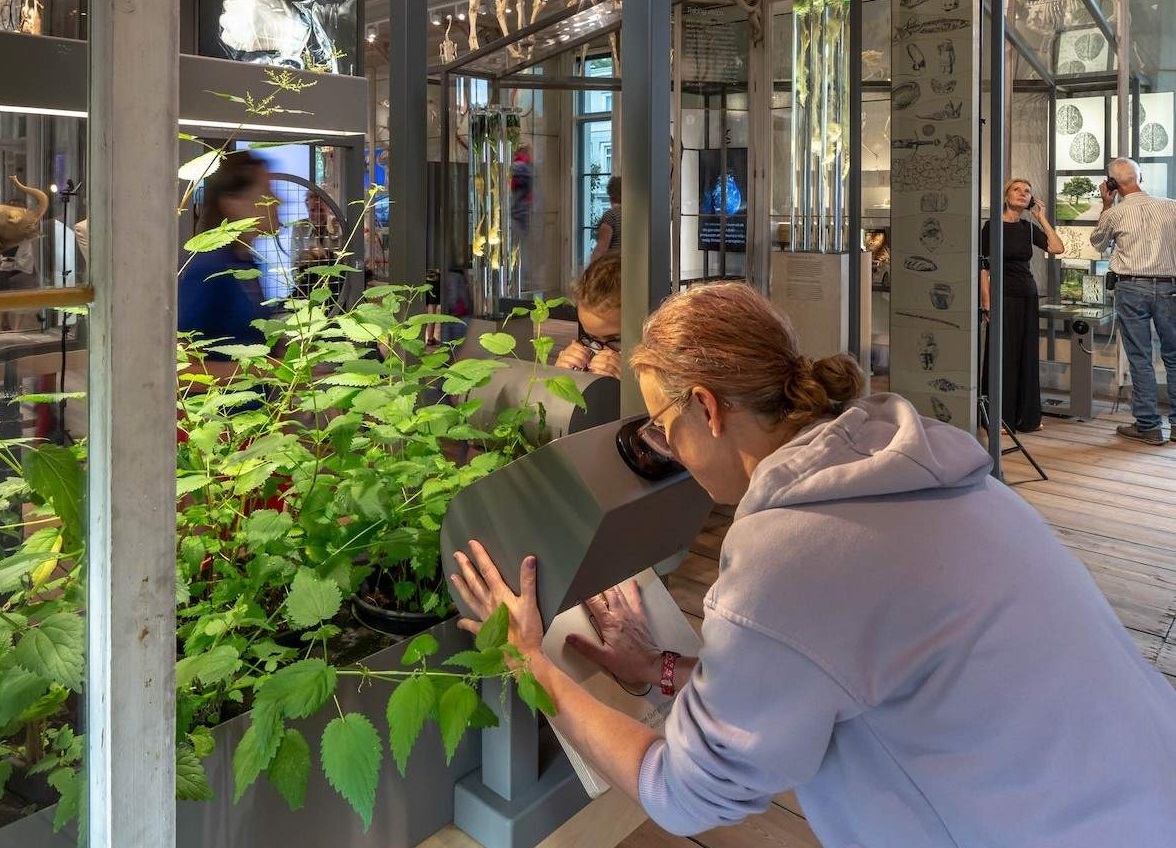
This historic museum continuously hosts exhibits, installations, displays, artworks, films, and stories that will hold up a mirror for you, confront you with questions, and introduce you to new and different perspectives while leaving you to discover answers and ask new questions to maintain and enhance your wonder at the beauty of the Earth.
Although “Unearthed” is a temporary exhibition, the theme of soil will remain part of the permanent collection in the ARTIS-Groote Museum, keeping the topic for conversations through various displays and other formats.


